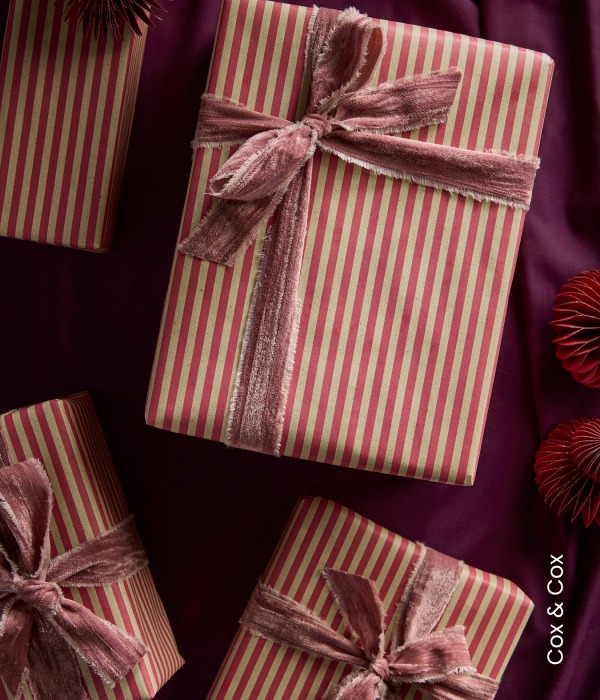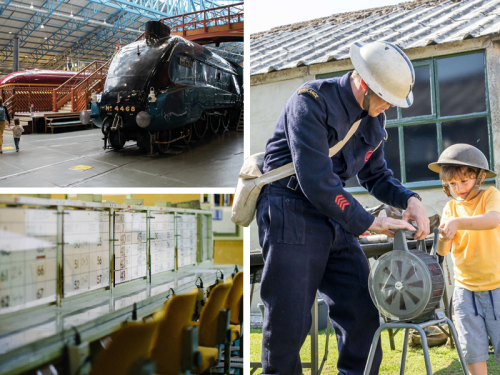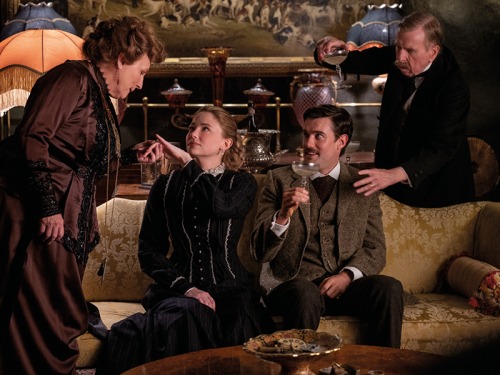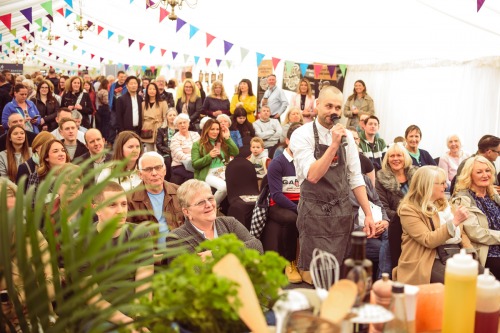Be Inspired By the Laing Art Gallery's New Exhibiton
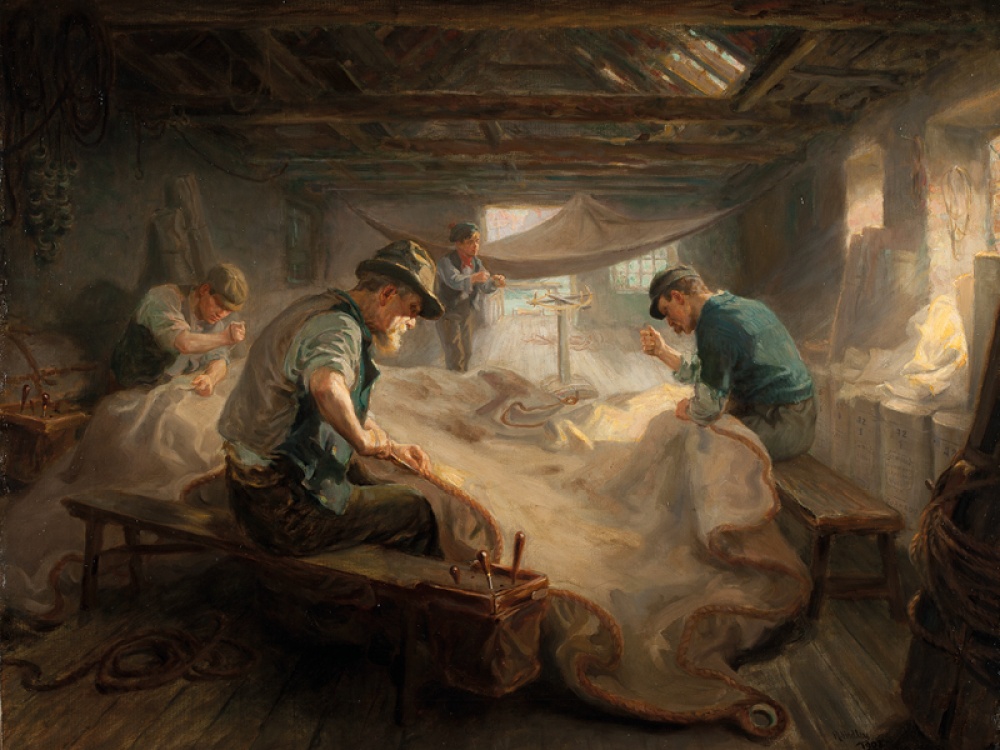
The Laing Art Gallery's new exhibition explores paintings, drawings and prints all representing craft, and the identity, tradition and progress associated with hand skills
‘It looks at why artists are drawn to these subjects and how they’re using them as well,’ says curator Esme Whittaker. ‘There’s been a lot written and researched about craft history recently, but what we wanted to do was use artwork as a way to understand that history better.’
The history of craft can sometimes be overlooked. ‘Often there are exhibitions about portraits of artists but we don’t often think about depictions of makers and artisans,’ argues Esme. ‘We’re showing that craft has a really long and rich history and makers today are very much a part of that continuum, and yes there is absolutely a revival but they are part of this long history.’
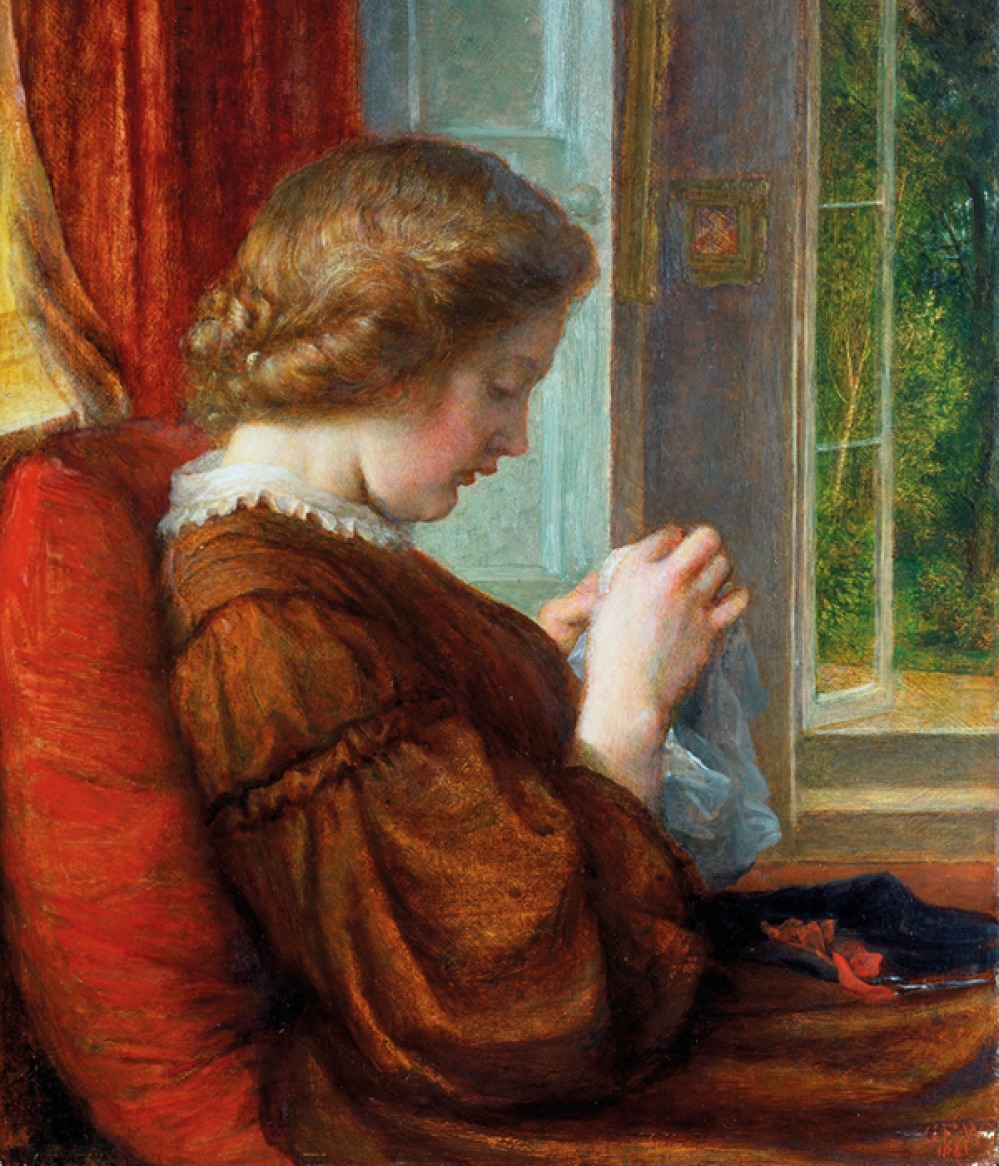
The exhibition begins by unpacking the complex and changing relationship between women and textiles, starting with 18th century portraits where sewing, knotting and needlework were used as a symbol of status. ‘It was something that showed you had money because you had the leisure time in order to be able to practise those crafts,’ explains Esme. ‘Women are shown with their knotting shuttle and it was very fashionable craft.’
The exhibition continues with 19th century and early 20th century paintings and prints, many of which show women producing needlework or knitting. ‘[They’re] very absorbed in what they’re doing, often at their window seat but ignoring the world outside their window,’ says Esme. ‘This is very much about the relationship between women and the home. It’s acknowledging that craft can sometimes be limiting or confining, but actually it can also be a way of expressing yourself and leaving your mark. I’ve been really keen to emphasise both aspects of that relationship between women and textiles.’
Many of the artworks show that craft skills are passed down through generations. ‘One of my favourite pieces really relates to the idea of the passing on of skills – a beautiful print by Mary Cassatt called The Crotchet Lesson,’ says Esme. ‘It sensitively observes the process of a little girl learning to crochet and she’s holding her mother’s wrist whilst she works. Cassatt produced quite a lot of prints that gave us a glimpse into late 19th century Paris and that domestic sphere, but she also very much emphasised women’s hands as being active and the home as a productive place. That’s very interesting because she was actually striving for her own status as an artist at the time.’
The exhibition moves on to the relationship between craft and community in the 19th century, when society began to change and artists actively sought out places where traditional crafts were still happening. ‘Key in that section are some of our pieces by local artist Ralph Hedley, and I think they’re very interesting because Hedley is depicting his own community and really focusing on (especially in the latter part of his career) the North East artisan,’ Esme says. ‘What he can do is really provide an insight because he comes from that background. His father was a joiner and carpenter, and he also ran a very successful wood carving workshop alongside being a painter. He had that craftsman’s knowledge when depicting things.’
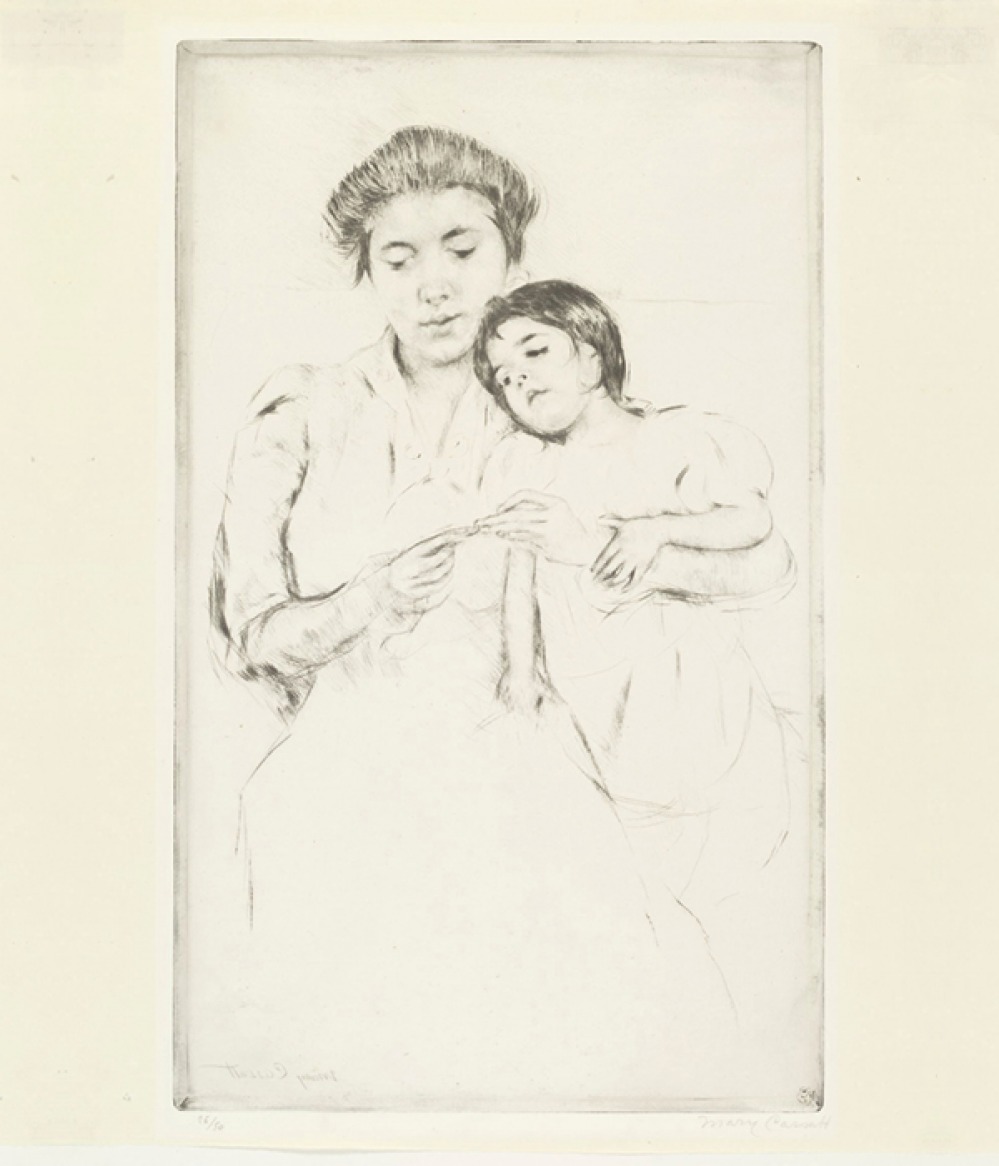
With These Hands also shines a light on the importance of craft and community during the First and Second World Wars, and how hand skills were valued and depicted in that period. ‘There’s suddenly this real emphasis on your ability and what you can do not only as part of the war effort, but also for British and national identity,’ says Esme. ‘A lot of us are familiar with the World War Two Make Do And Mend philosophy and there are two paintings in this section by Evelyn Dunbar [the only woman working for the War Artists' Advisory Committee on a full-time salaried basis]. One of the paintings is of a knitting party in her own drawing room, with women knitting comforts for troops (socks and blankets). You generally think of this as a bonding activity and about sharing problems and talking but this is quite a sombre and serious work. We see a shift in terms of what artists are depicting. Here we’re seeing more industrial settings but where hand skills are still absolutely vital. There’s a striking print by Christopher Nevinson which shows women welding, and with their heads down and their arms raised it almost looks like they could be doing domestic needlework so it echoes some of the images seen earlier. It’s about how hand skills can be adapted to new tasks. Women have been part of industry for a long time but suddenly it’s about recognising that role.’
The next section of the exhibition looks at the relationship between craft and landscape and how craft relies on natural resources, but also how it impacts the landscape. ‘Watercolours show water mills and lime pits, as though they’re merging back into nature,’ says Esme. ‘This section also takes you into workshops (a pottery, a blacksmith’s forge) and looks at the environment where making took place. It’s interesting to see how fascinated artists were. There’s a sense of drama to it. Lots of people still love to see craft in action, for example a glass blower making something. It’s that same appeal of seeing something transformed in front of your eyes.’
The final section explores the notion of lost crafts and the fact that artists saw themselves as preserving craft by recording it. The paintings and prints in the exhibition are displayed alongside craft objects from the gallery’s collection. For instance, a mid-19th century patchwork quilt is paired with a painting called The Patchwork Quilt. ‘I’m keen to show that it’s always evolving,’ says Esme. ‘There’s always this sense of loss and revival and using tradition but adapting to a modern world. I love craft and it’s really nice to give it a showcase as the Laing.’

